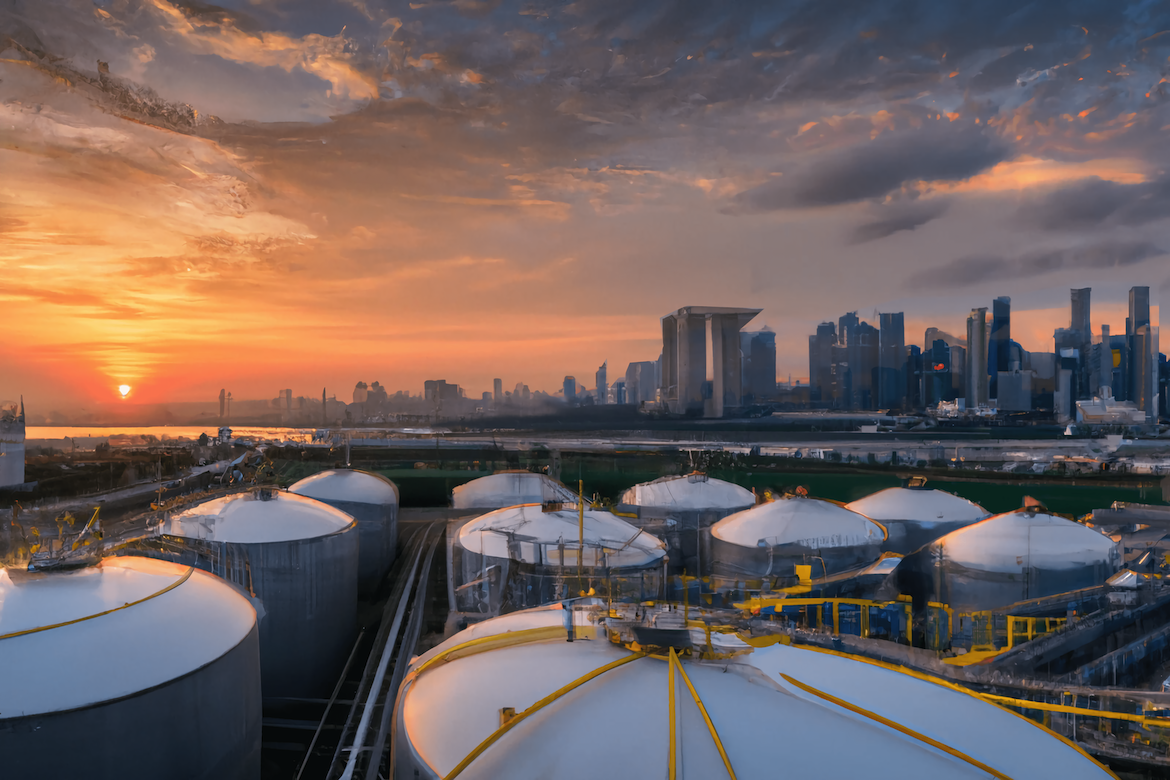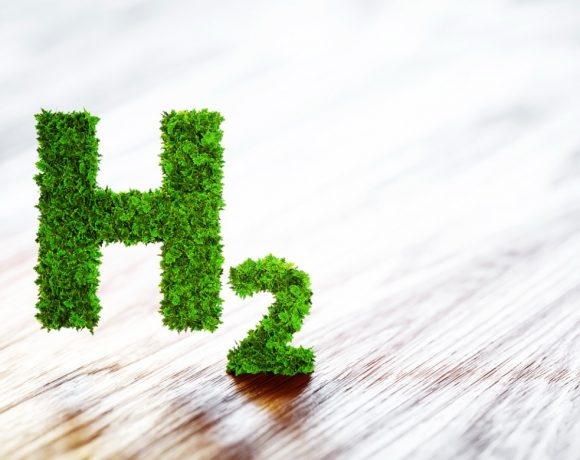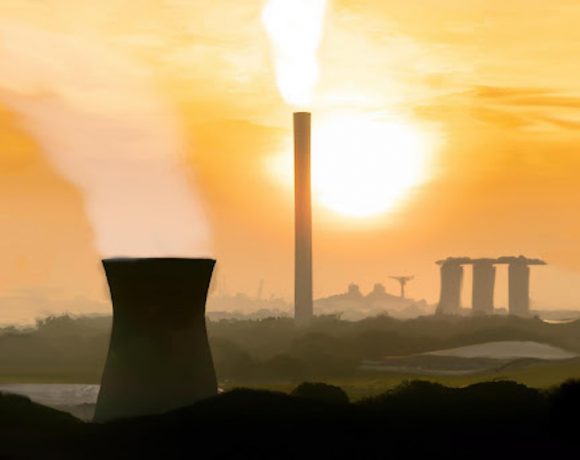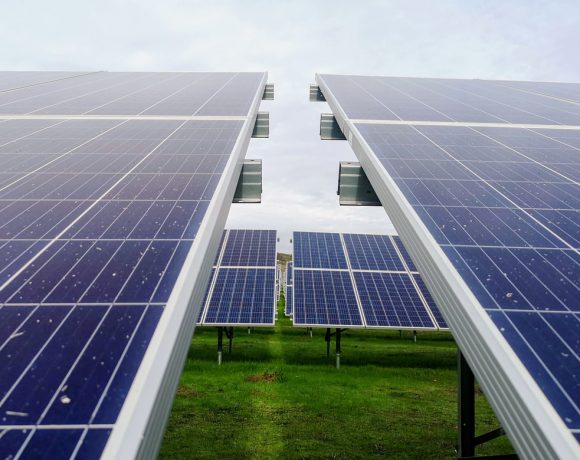- Singapore has, in 2022, after a long hesitancy, committed to being carbon neutral by 2050. Today about 95% of Singapore’s energy is produced by burning natural gas; thus, they need to find a way to decarbonise their energy sector, and they think hydrogen is a serious contender.
- In October, Singapore launched a National Hydrogen Strategy recognising the potential of low-carbon hydrogen as a broad-based decarbonisation tool going beyond the energy sector. The strategy looks at hydrogen as a potential feedstock for industrial processes and a fuel source in the aviation and shipping sectors.
- To realise its vision, Singapore plans to forge alliances to import low-carbon hydrogen, invest in research and development (R&D), innovation and infrastructure programs and prepare a workforce for its envisioned hydrogen economy.
The tiny island nation of Singapore has pushed for another milestone to become more sustainable this year. The Ministry of Trade and Industry announced that Singapore intends to be carbon neutral by 2050. This was after an initial 2019 pledge to reach its net zero emissions target only “as soon as viable in the second half of century“, which had put Singapore in a group of only a handful of countries aiming to reach their climate goals after 2050. The reluctance for net zero is mostly owed to the city’s considerable hunger for energy (its petrochemical industry accounts for almost half of the island’s CO2 emissions), lack of sustainable energy sources and, thus, heavy dependence on fossil fuels. Today about 95% of Singapore’s energy is produced by burning natural gas, making up about 40% of its carbon’s emissions profile. However, it seems that Singapore is now serious about diversifying its energy mix to reach net zero, reduce the dependence on gas and build resilience.
The question is, how will Singapore be able to reach its net zero target? As previously reported, the call to decarbonise its energy production reignited discussions to introduce nuclear power to the city state. But it is clear that Singapore puts the most confidence in hydrogen. Deputy Prime Minister Lawrence Wong forecasts that up to half of its energy needs will be supplied by hydrogen in 2050. Accordingly, Mr. Wong launched the National Hydrogen Strategy at the Singapore International Energy Week 2022 in late October.
The lightest element tasked with a heavy lift
Hydrogen is the most abundant chemical element. It does not release greenhouse gases when combusted and, if produced with renewable energy, can be close to zero emissions. It is generally recognised that hydrogen is a key technology for a clean and renewable fuel source for all net-zero targets. But there are still many hurdles to overcome, and often there were good reasons why hydrogen has not been relied upon in the past. With other solutions being cheaper, safer and/or more practical, production costs for hydrogen are currently not competitive. Questions about what form to supply it in (e.g. ammonia, liquefied hydrogen, etc.) and whether it will be affordable (depending on application) are still up in the air (cf. the Clean Hydrogen Ladder).
Additionally, not all hydrogen is created equally. Most hydrogen supply – about 95% today – uses fossil fuels in its production. Hydrogen produced with fossil fuels is known as grey hydrogen; if the production process uses carbon capture, the industry calls it blue hydrogen. The most sustainable option is green hydrogen, which only uses renewable energy for its production, making it currently the most expensive option. Singapore plans to import “low carbon hydrogen”, encompassing both blue and green hydrogen, to realise its vision.
Singapore National Hydrogen Strategy
The National Hydrogen Strategy applies a whole-of-nation approach and recognises the potential of low-carbon hydrogen as a broad-based decarbonisation tool going beyond the energy sector. In that vein, hydrogen is looked at as a potential feedstock for industrial processes, and as a fuel source in the aviation and shipping sectors. Even urban mobility is mentioned within the strategy. Singapore – home of the world’s busiest container port and second busiest airport in Asia – clearly strives to position itself as a hydrogen hub for the region. Projections by the International Renewable Energy Agency puts Singapore firmly in the top ten countries in 2050 with the largest demand for hydrogen in a net zero world.
Since Singapore will need to import most of its low-carbon hydrogen due to a lack of potential for renewable energy, the strategy stresses the importance of international collaborations as “crucial enablers”. This is to establish low-carbon supply chains and international certifications methodologies (“Guarantees of Origin”) to make sure your green hydrogen is as green as you think. The Singapore-Australia Green Economy Agreement signed just a week before the launch of the strategy, which seeks to spearhead ways to vouch for the origin of hydrogen, probably can serve as a blueprint. In addition, Singapore will invest in research and development (R&D), innovation and infrastructure programs and is already starting to prepare a workforce for its envisioned hydrogen economy.
Industry Pathfinder projects and R&D to realise hydrogen’s potential
Singapore is balancing the promise of hydrogen with the many uncertainties associated with hydrogen technologies. Its measured view sees the current time as an “inflection point” for hydrogen and counts on the industry, research and international partners to unlock its potential. Companies are expected to initiate so-called “pathfinder projects” to experiment with advanced hydrogen technologies in collaboration with the government and the wider industry. Already before the launch of the strategy, the Keppel Corporation from Singapore had announced the construction of a 750 million dollar hydrogen-ready power plant together with Mitsubishi, showing that Singapore’s energy industry is eager and ready. Similarly, the investments in R&D had already begun long before the launch of the strategy. Since 2020, S$55 million has been awarded under the Low-Carbon Energy Research Funding Initiative, to which Singapore has now committed an additional S$129 Million. The opening of the Centre for Hydrogen Innovation at the National University of Singapore also shows that the push for hydrogen is here to stay. Conversely, the days of Singapore’s petrochemical industry, which is heavily invested in fossil fuels, are likely to be numbered.
Overall, Singapore’s hydrogen strategy is measured by being careful not to understate the challenges but also to be forward-thinking. By investing in research and development and fostering international partnerships between the government and the private sector, Singapore is positioning itself at the forefront of the global push towards clean, renewable energy sources but does not put all its eggs in one basket. As technology continues to improve and costs come down, hydrogen has the potential to play a major role in a net zero world. If that happens, Singapore will be well positioned.






NO COMMENT